Diveena Danabalan
The Principles of Helium Exploration
Danabalan, Diveena; Gluyas, Jon G.; Macpherson, Colin G.; Abraham-James, Thomas H.; Bluett, Josh J.; Barry, Peter H.; Ballentine, Chris J.
Authors
Professor Jon Gluyas j.g.gluyas@durham.ac.uk
Professor
Professor Colin Macpherson colin.macpherson@durham.ac.uk
Professor
Thomas H. Abraham-James
Josh J. Bluett
Peter H. Barry
Chris J. Ballentine
Abstract
Commercial helium systems have been found to date as a serendipitous by-product of petroleum exploration. There are nevertheless significant differences in the source and migration properties of helium compared with petroleum. An understanding of these differences enables prospects for helium gas accumulations to be identified in regions where petroleum exploration would not be tenable. Here we show how the basic petroleum exploration playbook (source, primary migration from the source rock, secondary longer distance migration, trapping) can be modified to identify helium plays. Plays are the areas occupied by a prospective reservoir and overlying seal associated with a mature helium source. This is the first step in identifying the detail of helium prospects (discrete pools of trapped helium). We show how these principles, adapted for helium, can be applied using the Rukwa Basin in the Tanzanian section of the East African Rift as a case study. Thermal hiatus caused by rifting of the continental basement has resulted in a surface expression of deep crustal gas release in the form of high-nitrogen gas seeps containing up to 10% 4He. We calculate the total likely regional source rock helium generative capacity, identify the role of the Rungwe volcanic province in releasing the accumulated crustal helium, and show the spatial control of helium concentration dilution by the associated volcanic CO2. Nitrogen, both dissolved and as a free gas phase, plays a key role in the primary and secondary migration of crustal helium and its accumulation into what might become a commercially viable gas pool. This too is examined. We identify and discuss evidence that structures and seals suitable for trapping hydrocarbon and CO2 gases will likely also be efficient for helium accumulation on the timescale of the Rukwa basin activity. The Rukwa Basin prospective recoverable P50 resources of helium have been independently estimated to be about 138 billion standard cubic feet (2.78 x 109 m3 at STP). If this volume is confirmed it would represent about 25% of the current global helium reserve. Two exploration wells Tai 1 and Tai 2 completed by August 2021 have proved the presence of seal and reservoir horizons with the reservoirs containing significant helium shows.
Citation
Danabalan, D., Gluyas, J. G., Macpherson, C. G., Abraham-James, T. H., Bluett, J. J., Barry, P. H., & Ballentine, C. J. (2022). The Principles of Helium Exploration. Petroleum Geoscience, 28(2), petgeo2021-029. https://doi.org/10.1144/petgeo2021-029
| Journal Article Type | Article |
|---|---|
| Acceptance Date | Jan 4, 2022 |
| Online Publication Date | Feb 23, 2022 |
| Publication Date | 2022-05 |
| Deposit Date | Jan 12, 2022 |
| Publicly Available Date | Jun 27, 2022 |
| Journal | Petroleum Geoscience |
| Print ISSN | 1354-0793 |
| Electronic ISSN | 2041-496X |
| Publisher | European Association of Geoscientists and Engineers (EAGE) |
| Peer Reviewed | Peer Reviewed |
| Volume | 28 |
| Issue | 2 |
| Article Number | petgeo2021-029 |
| Pages | petgeo2021-029 |
| DOI | https://doi.org/10.1144/petgeo2021-029 |
| Public URL | https://durham-repository.worktribe.com/output/1220766 |
Files
Published Journal Article
(1.5 Mb)
PDF
Publisher Licence URL
http://creativecommons.org/licenses/by/4.0/
Copyright Statement
© 2022 The Author(s). This is an Open Access article distributed under the terms of the Creative Commons Attribution 4.0 License (http://creativecommons.org/
licenses/by/4.0/).
You might also like
Heat flow as a catalyst for radiogenic helium release in the East Africa Rift System
(2025)
Journal Article
Assessment of helium potential proximal to the geothermal settings
(2025)
Journal Article
Downloadable Citations
About Durham Research Online (DRO)
Administrator e-mail: dro.admin@durham.ac.uk
This application uses the following open-source libraries:
SheetJS Community Edition
Apache License Version 2.0 (http://www.apache.org/licenses/)
PDF.js
Apache License Version 2.0 (http://www.apache.org/licenses/)
Font Awesome
SIL OFL 1.1 (http://scripts.sil.org/OFL)
MIT License (http://opensource.org/licenses/mit-license.html)
CC BY 3.0 ( http://creativecommons.org/licenses/by/3.0/)
Powered by Worktribe © 2025
Advanced Search
